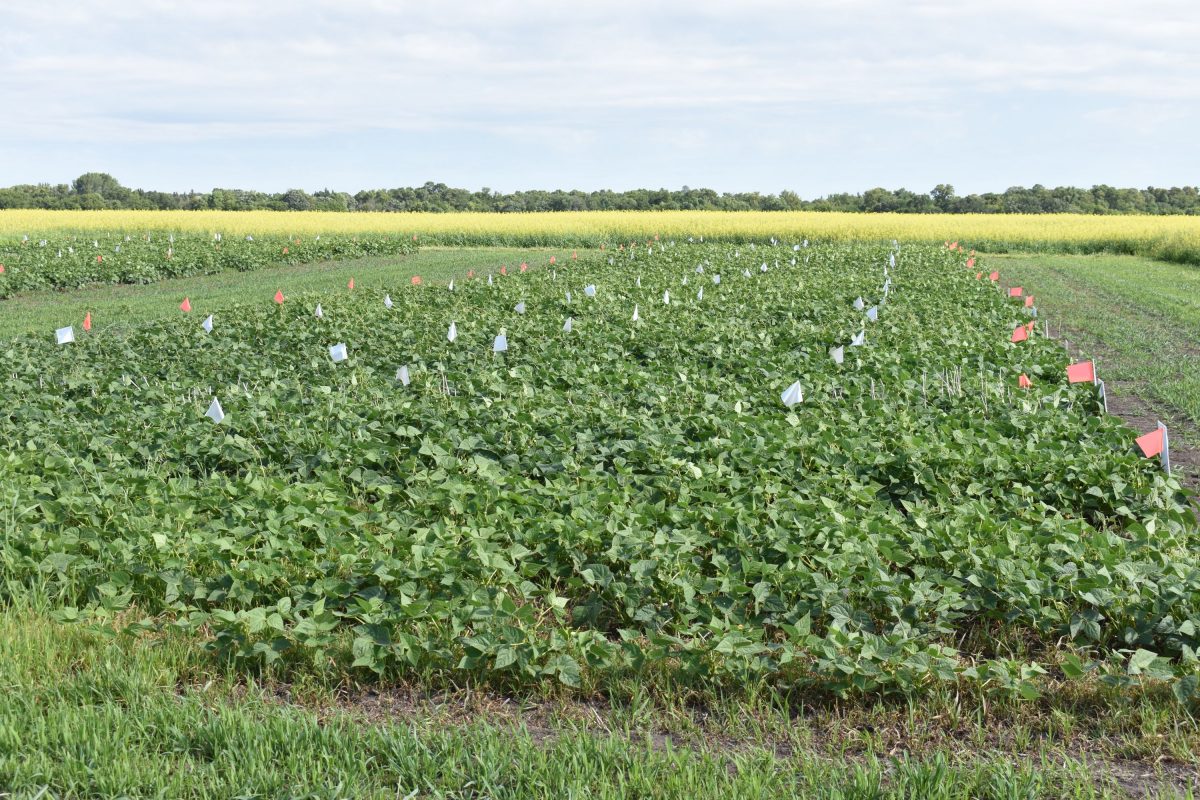
Pulse Beat: Grain and Forage Legumes in Sustainable Crop Production
Dr. Mario Tenuta, Senior Industrial Research Chair in 4R Nutrient Stewardship, Department of Soil Science, University of Manitoba wrote an article for Manitoba Pulse and Soybean Growers’ publication Pulse Beat (Spring 2023).
Climate scientists have an overwhelming consensus that greenhouse gases (carbon dioxide, methane and nitrous oxide) emitted from human activity has resulted in an unprecedented increase in global mean atmospheric and ocean temperatures. The consequences to Manitoba of warmer winters, shorter duration of northern ice roads, extremes in moisture and drought-increased forest fires seem less severe than for other regions where sea level rise will inundate 10s of millions of homes if not protected. However, this article is not about doom and gloom but rather about what we can do to reduce emissions in growing food.
Canada, among many other countries, is committed to reducing greenhouse gas emissions to help lessen the impact of future warming. The commitment is 40% by 2030 of 2020 levels. Canada’s approach to reducing emissions is to have all economic sectors contribute, some more than others. The commitment for agriculture is less than for other sectors being a 30% reduction of nitrous oxide (N2O) emissions from nitrogen fertilizer applied to the soil. Nitrous oxide emissions from manures and crop residues are not on the table, as aren’t methane emissions from livestock and manure. The reduction of N2O is voluntary target for the agriculture sector. Nitrous oxide emissions comprise about 5% of greenhouse gases emitted in Canada. It seems like a small amount, but the majority of those emissions come from nitrogen addition to soil.
Nitrous oxide emission from soil is a natural process produced by native soil bacteria utilizing any form of available N from synthetic fertilizers, manure, residues and decaying fresh plant roots and matter. Nitrogen fertilizers are targeted because their consumption increases steadily with better varieties and hybrids, and there are many management options for farmers to reduce the amount of emissions from their use.
Canadian farmers are good stewards of land and among the best in the world in adapting and meeting challenges to improve the sustainability of their farms.
I see achieving N2O reductions from fertilizer use to the advantage of growers where our grains are marketed globally. Nitrogen fertilizers are the largest, if not among the greatest operational cost of crop production, losses of nitrogen mean lost profit, and reducing N2O emissions signals to the Canadian public and global markets that our commodities are sustainably produced.
Increasing grain and forage legume production is a key strategy, such as using advanced 4R practices to achieve emission reductions. Let’s review the past and future benefits of pulse, soy and forage legume production to reduce nitrous oxide emissions.






